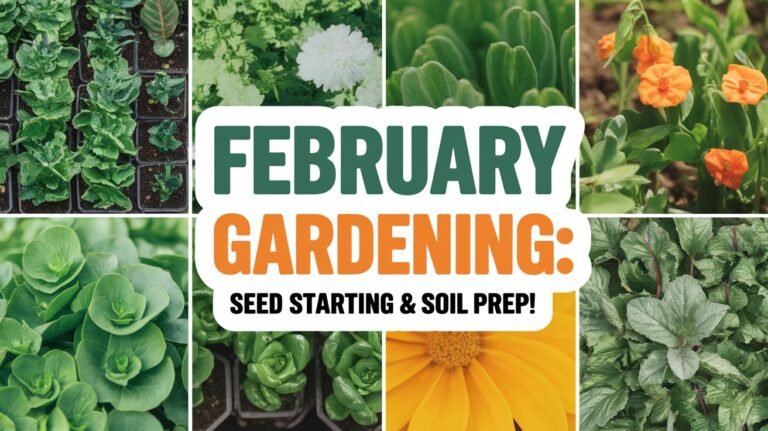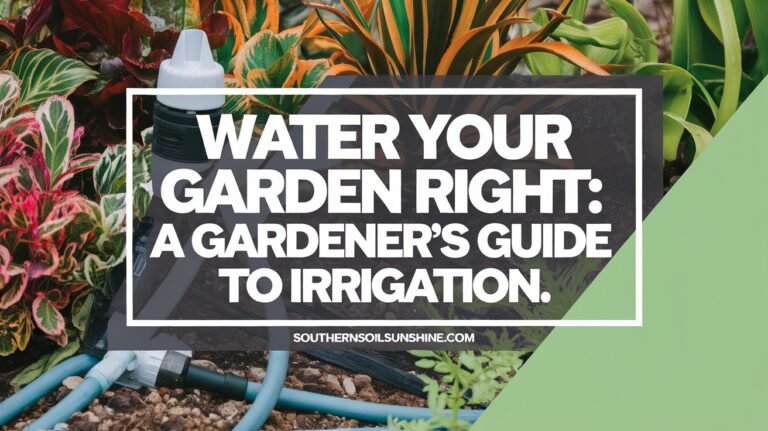The Ultimate Summer Garden Routine

Some of the links on this website are affiliate links, which means that if you make a purchase through these links, I may earn a small commission at no additional cost to you. As an Amazon Associate, I earn from qualifying purchases. I only recommend products I genuinely trust and believe will bring value to my readers. Also, some of the content was created with strategic use of AI tools. For more information, please visit the Privacy Policy page. Thank you for supporting my blog and helping me continue to provide valuable content.
Fertilizing & Pest Control for a Thriving Kitchen Garden in Zone 9
Practical. Sustainable. Budget-Friendly. Beginner-Approved.
Summer in Zone 9 is no joke—sun blazing, tomatoes exploding with growth, and pests popping up the second you look away. The trick to staying ahead of it all? A gentle rhythm of care that feels manageable, not overwhelming.
This is the exact routine I follow to keep my veggies healthy and productive without breaking the bank (or my back). Whether you’re working with raised beds or a few buckets on the patio, this system will fit right in.
You’ll find both a weekly and monthly plan to match your pace, with step-by-step guidance for applying organic fertilizers and controlling pests the safe, sustainable way.
 At a Glance: Your Weekly Summer Garden Rhythm
At a Glance: Your Weekly Summer Garden Rhythm
| Day | Action | Details |
|---|---|---|
| Monday | Fertilize | Use a gentle organic fertilizer suited to current plant stage |
| Wednesday | Inspect + Spray | Check plants for pests/damage and apply organic pest control as needed |
| Friday | Garden Reset | Weed, prune, harvest, check mulch, adjust trellises |
Pro Tip: I keep a simple clipboard in my garden tote with this routine clipped on. Makes it feel more doable and fun.
 Fertilizer Application Guide (Weekly)
Fertilizer Application Guide (Weekly)
Let’s keep it simple and effective. These natural options are gentle, cost-effective, and easy to make or buy. Rotate through them based on what your plants need.
Week 1 – Compost Tea or Worm Castings Tea
- Why: Delivers a microbial boost and improves soil health
- How:
- Brew: Soak 1 cup of worm castings or compost in a 5-gallon bucket of water for 24 hours
- Apply: Pour directly at the base of each plant, early morning or late evening
Affiliate pick: 5-gallon bucket with lid – no mess, no smell
Week 2 – Banana Peel or Eggshell Tea
- Why: Adds potassium and calcium, especially helpful for tomatoes and peppers
- How:
- Steep 2–3 chopped banana peels or crushed eggshells in 1 qt. water for 3–5 days
- Apply at the base of flowering/fruiting plants
- Optional: Blend and strain for a smoother application in a watering can
Week 3 – Fish Emulsion or Diluted Urine
- Why: Provides a quick nitrogen boost for leafy greens or lagging plants
- How:
- Dilute 1 tbsp fish emulsion in 1 gallon of water
- Or, if using urine (yes, really), dilute at a 1:10 ratio
- Apply in the early morning and avoid getting it on leaves
Affiliate pick: Organic fish emulsion – affordable and potent
Week 4 – Seaweed/Kelp Extract Spray
- Why: Helps plants cope with heat stress and encourages strong root development
- How:
- Mix according to package directions
- Apply as a foliar spray in the early morning (under 80°F)
- Focus on the underside of leaves for max absorption
Affiliate pick: Liquid kelp concentrate – great for foliar feeding

 Organic Pest Control Schedule (Weekly)
Organic Pest Control Schedule (Weekly)
Pests move in fast in summer—but you don’t need to nuke your garden to stay ahead. A calm, consistent routine works wonders.
Monday – Neem Oil or Insecticidal Soap
- How:
- Mix neem oil (1 tbsp per quart of water + a few drops of dish soap)
- Spray leaves top and bottom in early morning or at dusk (never in full sun!)
- Best for: Aphids, whiteflies, spider mites, leaf miners
Affiliate pick: Garden-safe neem oil concentrate
Thursday – Inspect + Spot Treat
- Check leaves (especially undersides) for:
Hornworms (tomatoes)
Aphids (new growth)
Squash bugs (base of stems, leaf joints)
Cabbage loopers (brassicas)
- Use BT (Bacillus thuringiensis) for caterpillars:
- Mix per directions and apply late evening
- Won’t harm bees or beneficials!

After Rain – Reapply Pest Sprays
- Re-spray neem, soap, or BT if rain has washed it off
- Check mulch for hiding pests (especially squash vine borer eggs)
 Friday: Garden Reset
Friday: Garden Reset
Use this day to:
- Prune: Remove yellow leaves and suckers (especially from tomatoes)
- Weed: Focus on around plant bases where pests hide
- Harvest: Pick produce regularly to keep plants productive
- Tidy mulch: Top off with straw, wood chips, or shredded leaves

 Monthly Overview
Monthly Overview
Here’s the zoomed-out version if you prefer to batch tasks:
| Week | Focus | Fertilizer | Pest Plan |
|---|---|---|---|
| Week 1 | Soil health boost | Compost or worm casting tea | Neem oil spray |
| Week 2 | Fruiting support | Banana peel or eggshell tea | Hand-pick + inspect for pests |
| Week 3 | Leafy growth | Fish emulsion | BT caterpillar control |
| Week 4 | Stress relief | Seaweed/kelp spray | Insecticidal soap if needed |
 Common Mistakes to Avoid
Common Mistakes to Avoid




 From My Garden to Yours
From My Garden to Yours
This little routine is what keeps my summer garden healthy and humming. It doesn’t take hours, it doesn’t drain my wallet, and it fits right into my real life—which, let’s be honest, is already plenty full.
The secret isn’t perfection. It’s showing up with a gentle rhythm of care. Your garden will thank you for it—with baskets of produce and the joy that comes from watching something grow under your hands.
 Grab the Free Printable Planner
Grab the Free Printable Planner
Get the Weekly + Monthly Routine Cheat Sheet delivered to your inbox.




 March Gardening in Zone 9: The Real Growing Season Begins! If you’ve been following the 15-Minutes-a-Day Gardening Calendar, you know that gardening success doesn’t come from one weekend of intense work—it’s about small, consistent effort. March is where all that prep starts to pay off! This month, the garden shifts into full production mode….
March Gardening in Zone 9: The Real Growing Season Begins! If you’ve been following the 15-Minutes-a-Day Gardening Calendar, you know that gardening success doesn’t come from one weekend of intense work—it’s about small, consistent effort. March is where all that prep starts to pay off! This month, the garden shifts into full production mode….



